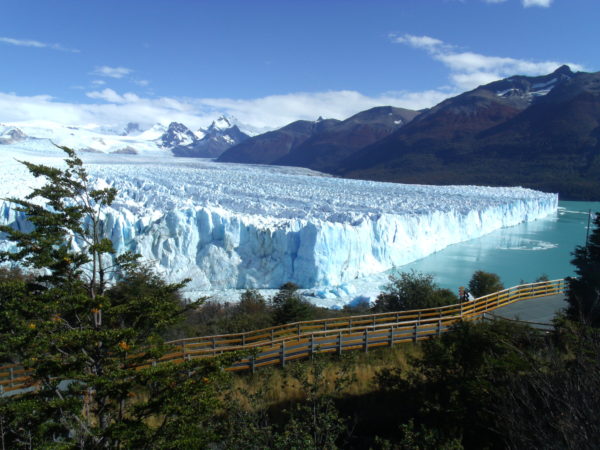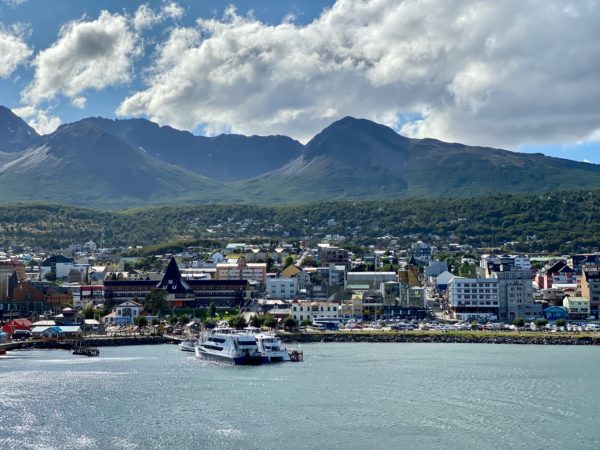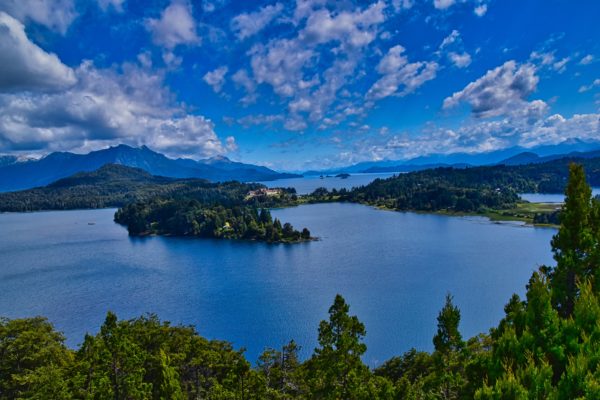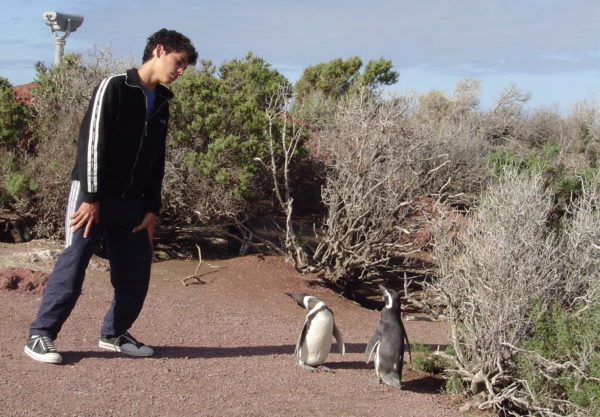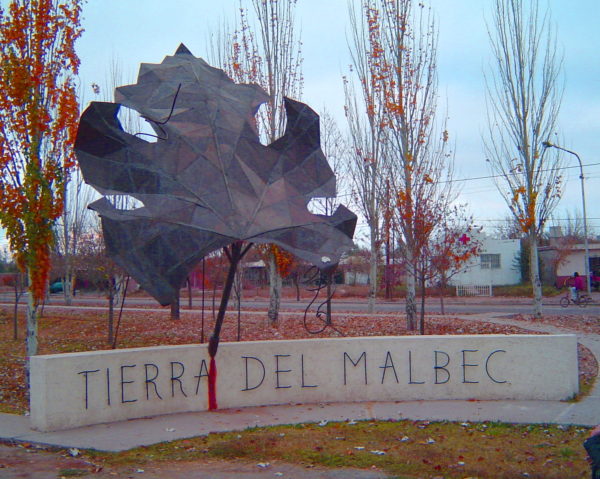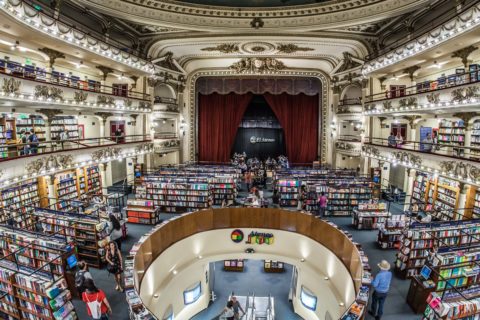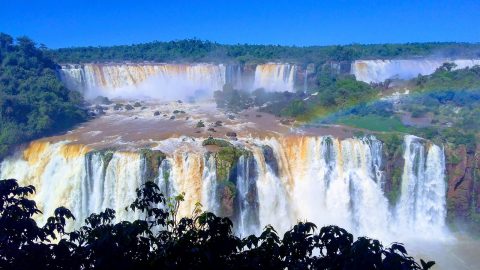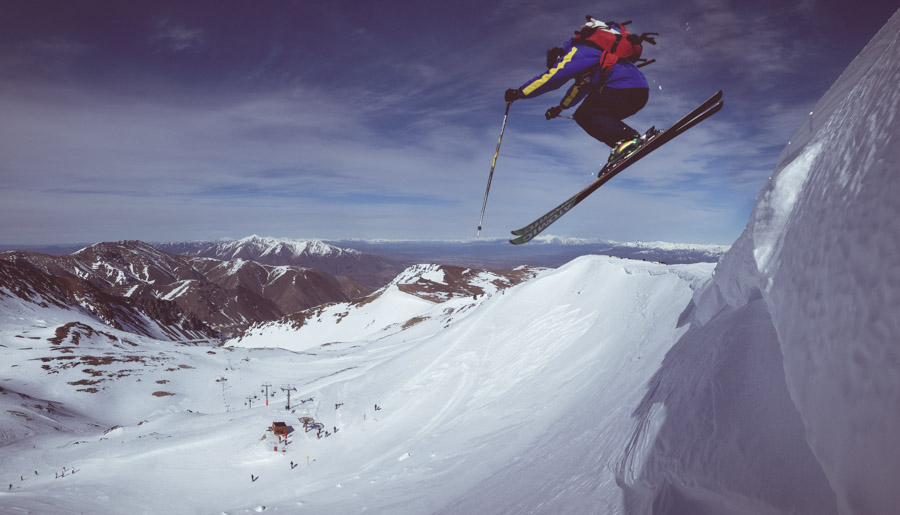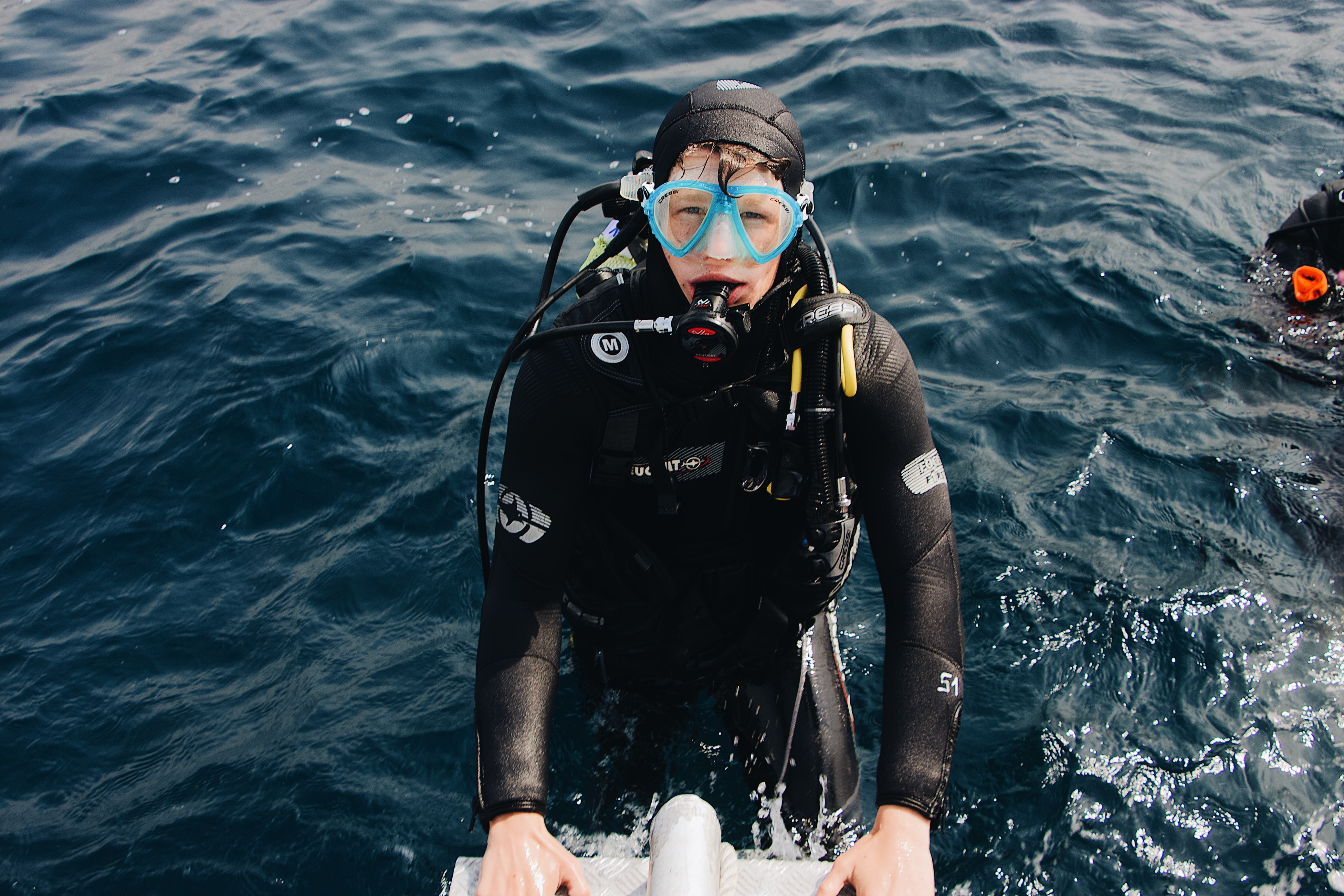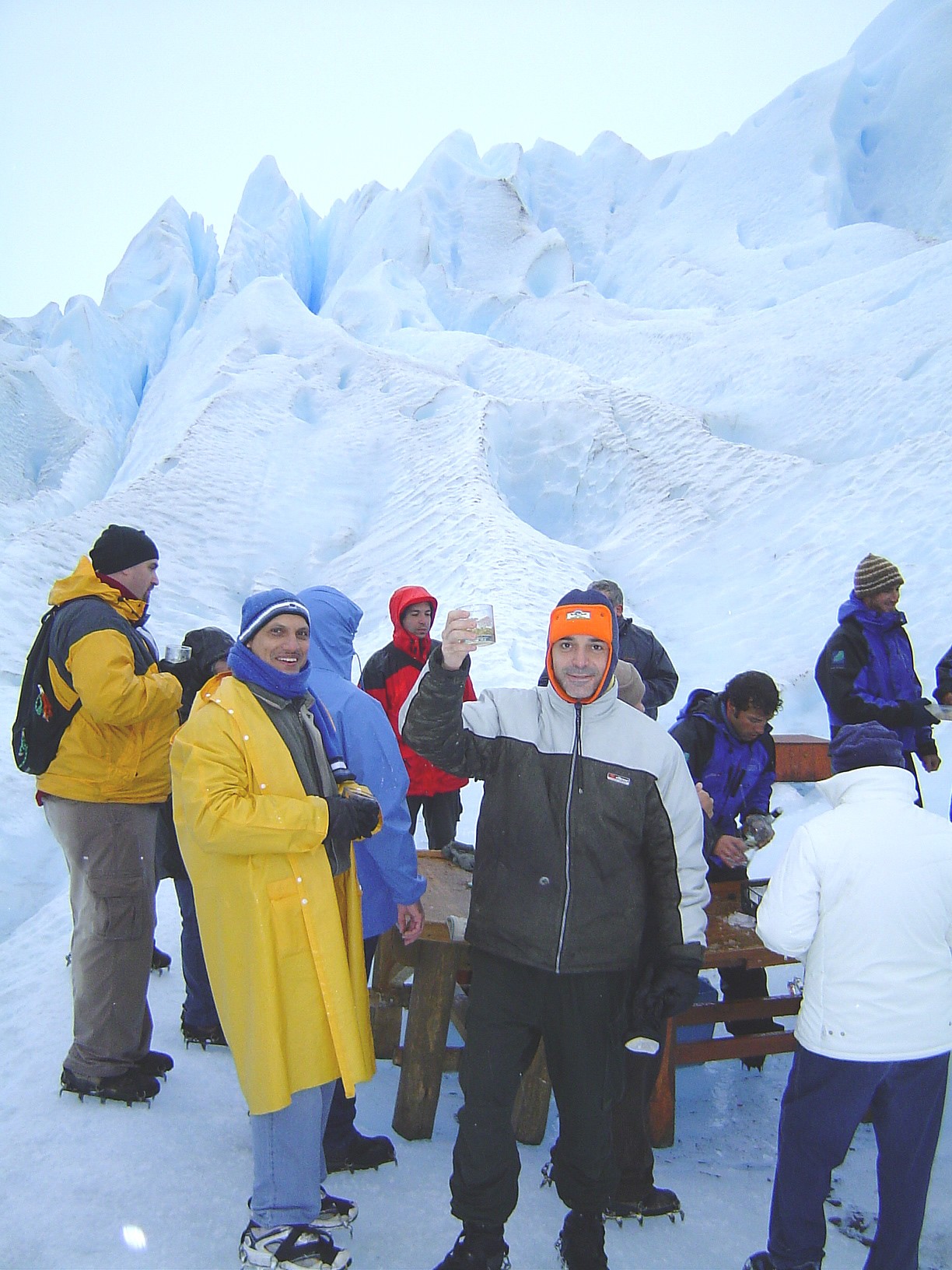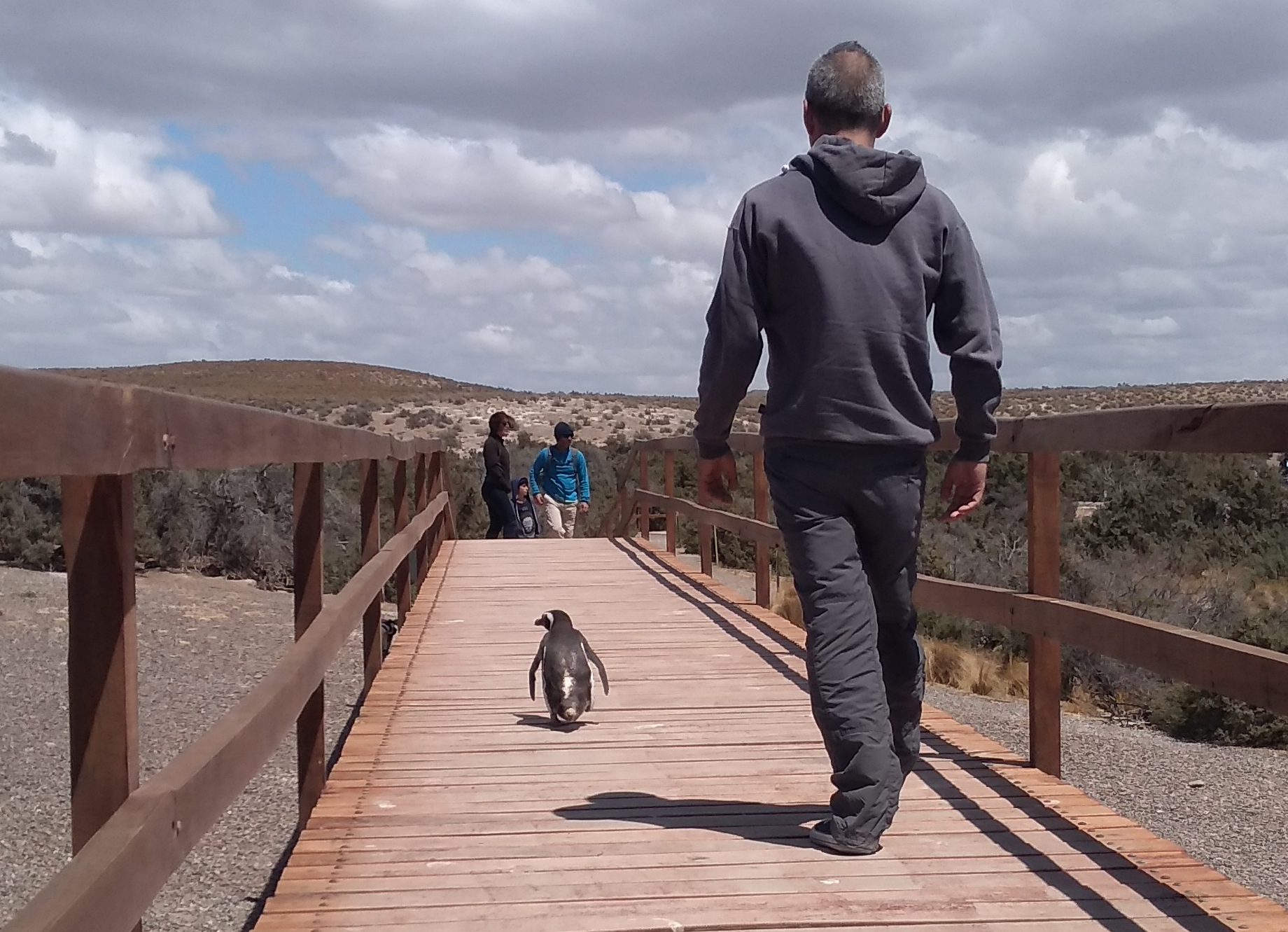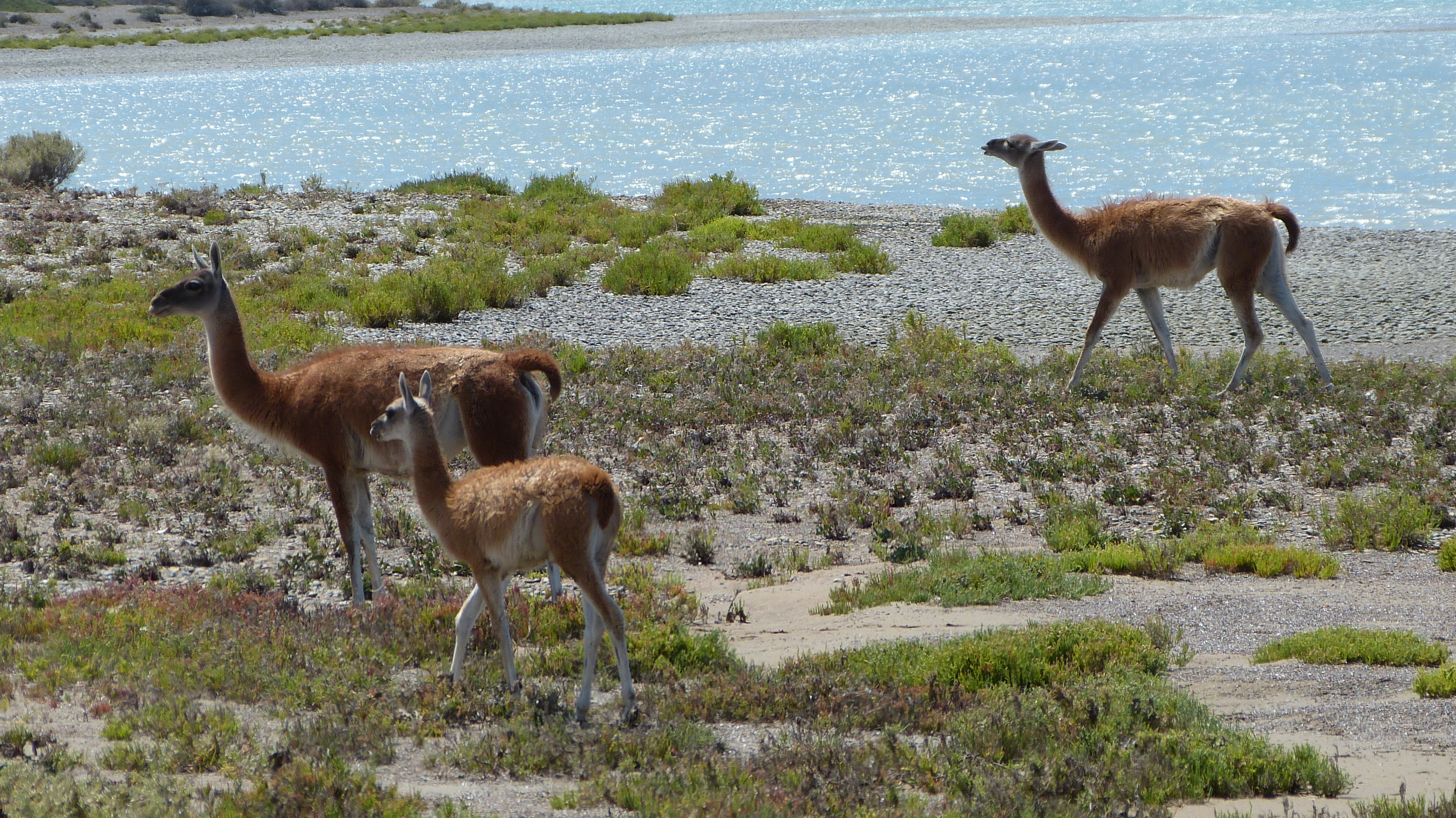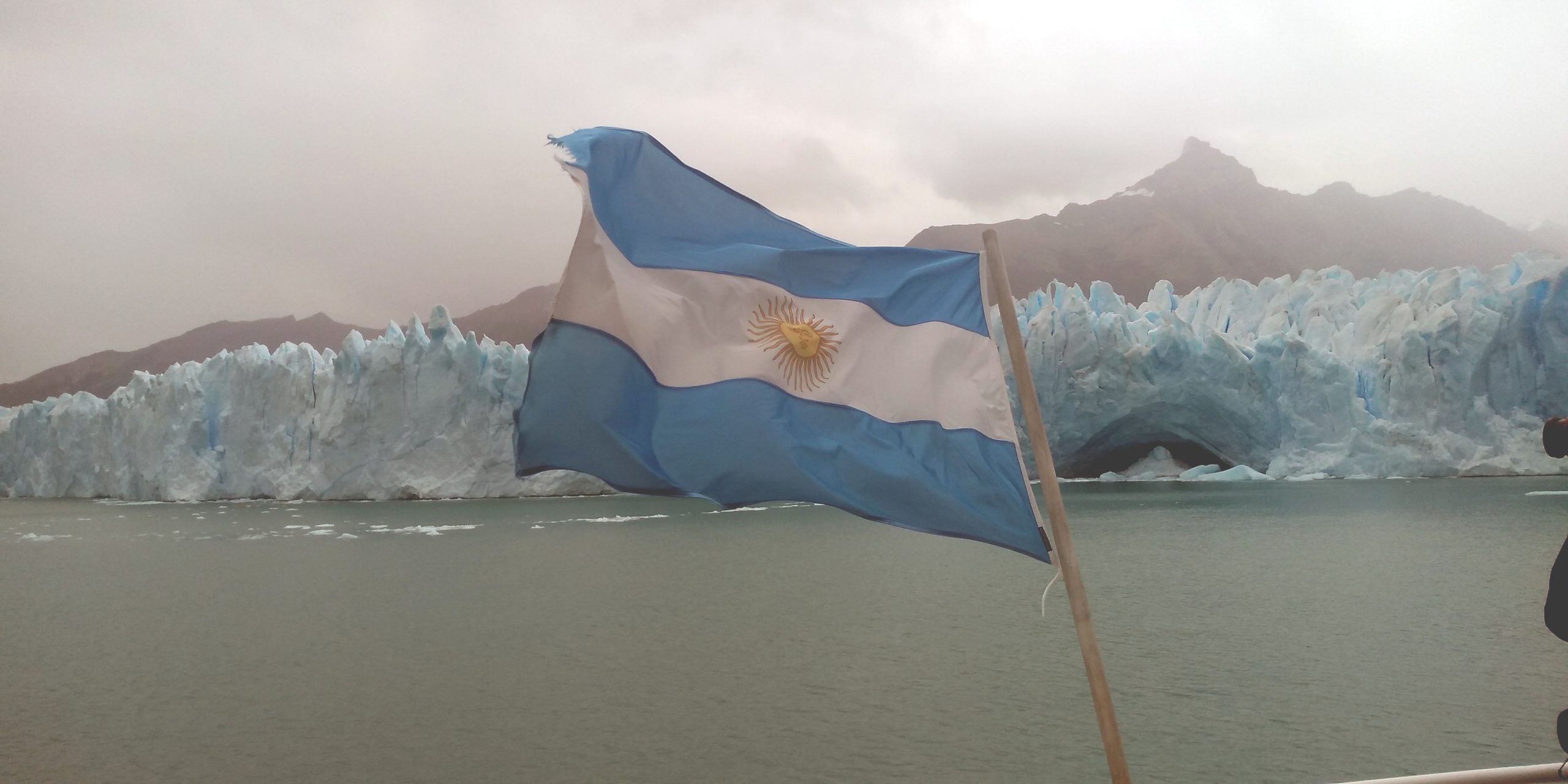Absolute Argentina
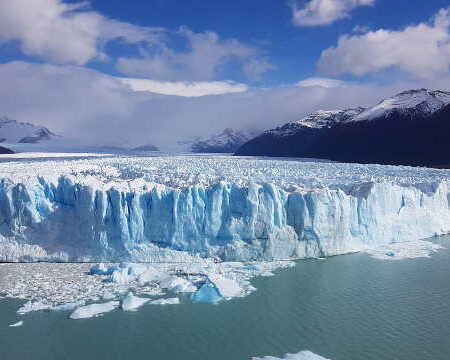
Available all year round, departs daily.
Duration: 13 days.
Destinations: Buenos Aires, El Calafate, Puerto Iguazú, Ushuaia.
Highlights: Beagle Channel, Cruises & Navigation, Perito Moreno Glacier, Lake Argentino, Lake Escondido, Iguazu National Park, The Glaciers National Park, Tierra del Fuego National Park, Tango, Train of the End of the World
Duration: 13 days.
Destinations: Buenos Aires, El Calafate, Puerto Iguazú, Ushuaia.
Highlights: Beagle Channel, Cruises & Navigation, Perito Moreno Glacier, Lake Argentino, Lake Escondido, Iguazu National Park, The Glaciers National Park, Tierra del Fuego National Park, Tango, Train of the End of the World
A 13-day journey across landscapes so distinct they appear drawn from different worlds: the vibrant rhythm of cosmopolitan Buenos Aires, the timeless ice of the Perito Moreno Glacier, the remote stillness of Ushuaia — known as the End of the World — and the lush vastness of Iguazú...
Adventures in Patagonia
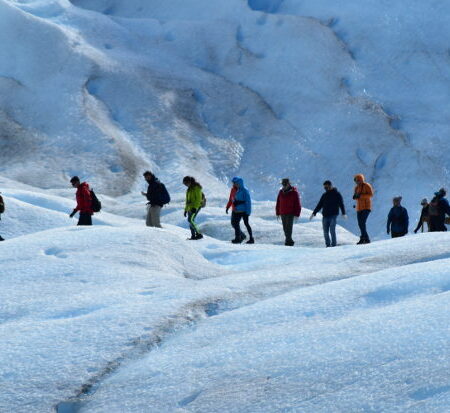
Available all year round, departs daily.
Duration: 7 days.
Destinations: El Calafate, Ushuaia.
Highlights: Adventure, Beagle Channel, Mt. Fitz Roy, Estancias, Perito Moreno Glacier, Lake Argentino, Lake Escondido, Lake Fagnano, The Glaciers National Park, Tierra del Fuego National Park, Hiking / Trekking
Duration: 7 days.
Destinations: El Calafate, Ushuaia.
Highlights: Adventure, Beagle Channel, Mt. Fitz Roy, Estancias, Perito Moreno Glacier, Lake Argentino, Lake Escondido, Lake Fagnano, The Glaciers National Park, Tierra del Fuego National Park, Hiking / Trekking
A trip crafted for active travelers and those in search of genuine adventure. It connects two of Patagonia’s most emblematic destinations: the Perito Moreno Glacier, icon of the southern ice fields, and Tierra del Fuego, the legendary archipelago at the end of the world. In each location, the...
”The spirit of the Glaciers” Cruise
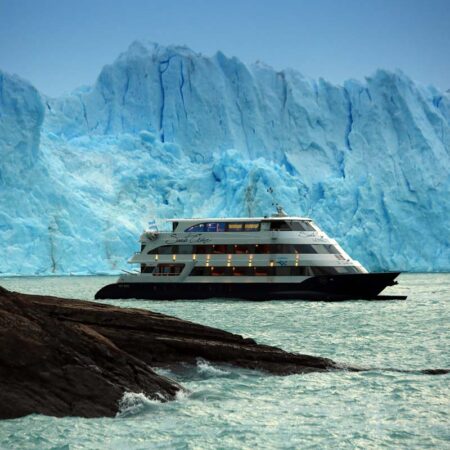
Available from November up to March, departs mondays, wednesdays and fridays.
Duration: 2 days.
Destinations: El Calafate.
Highlights: Cruises & Navigation, Perito Moreno Glacier, Lake Argentino, The Glaciers National Park
Duration: 2 days.
Destinations: El Calafate.
Highlights: Cruises & Navigation, Perito Moreno Glacier, Lake Argentino, The Glaciers National Park
Towering walls more than 50 meters high, deep blue ancient ice, majestic icebergs, and long Patagonian sunsets that set the sky ablaze—followed by nights so clear the Milky Way reflects on the lake. “Spirit of the Glaciers” is a luxury cruise aboard the exclusive Santa Cruz, offering two...
El Calafate and El Chaltén Express
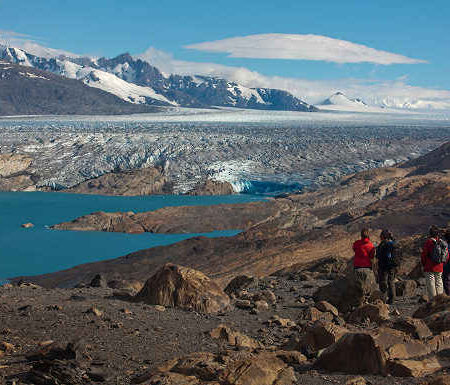
Available from October up to April, departs daily.
Duration: 5 days.
Destinations: El Calafate, El Chaltén.
Highlights: Adventure, Mt. Fitz Roy, Perito Moreno Glacier, The Glaciers National Park, Hiking / Trekking
Duration: 5 days.
Destinations: El Calafate, El Chaltén.
Highlights: Adventure, Mt. Fitz Roy, Perito Moreno Glacier, The Glaciers National Park, Hiking / Trekking
A four-day journey that moves between silence and motion in the southern reaches of Patagonia. At Los Glaciares National Park, the Perito Moreno Glacier stands in full view from the walkways, vast and shifting. Aboard the Gourmet Glaciers Experience, the landscape opens further—revealing distant walls of ice, fractured...
